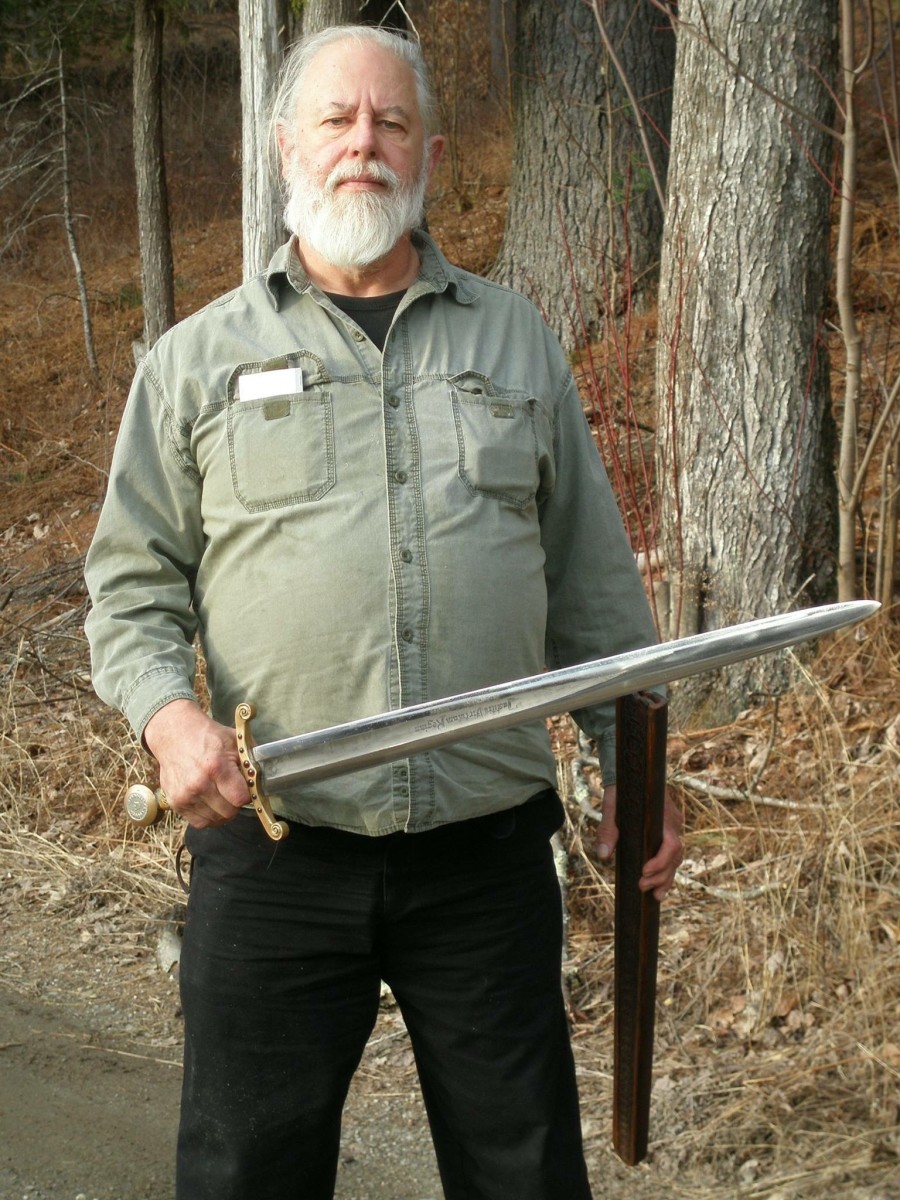I started long enough ago that an annual report used to mean the nice marketing annual summary with pictures and a letter to the shareholder and the financials summarized with some graphs and commentary. Very few companies do that anymore as the Internet allows for a much more direct and continuous medium for communication. Today, the annual report means the SEC filing – the 10-K or the 20-F (for foreign private issuers). I have prepared and filed both and there is not much difference between them.
The annual report as filed with the SEC has several main sections. These are the business description, the risk factors, the management discussion and analysis and the financial statements themselves (which includes the auditor’s report). As the CFO, you are the person most responsible for the accuracy of the annual report and when you sign and file it, you will be taking significant personal responsibility should it be wrong. In a larger company you probably will not be preparing the bulk of the report yourself, but you will be reading every page and making changes where relevant.
As an individual shareholder, if you consider yourself to be a fundamental investor, you really should read the annual reports of the companies you invest in or want to invest in. You don’t have to read every page in detail looking for errors like the CFO has to, but I recommend at least skimming through all the sections. As I give advice throughout this blog entry to my fellow CFOs, I’ll also have an aside or two on how individual investors can use the information as well.
My first CFO advice is that there are no copyrights on other filings. WWW.SEC.GOV has the filings from other companies, both in your industry and outside of it. If you want to see how others word common accounting items or risk factors, you can find it there. Do not be ashamed to steal shamelessly. My second CFO advice is that the annual report is not just a required disclosure document, it is a marketing document as well. It is your chance to clearly explain your strategy, what risks you face, and to clearly present your financial results and what information you think is needed. You need to get the SEC and legal details right, but the annual report is going to be incorporated by reference into any capital market deal you do and will be read by the counterparts in any private deal you propose, so you might as well get it right.
A typical division of effort of the 4 sections is this: 1) Business section is senior management, investor relations and maybe the marketing department. 2) Risk factors is Legal with senior management review and 3) and 4) MD&A and Financial statements are Finance, mainly the Controller. You’ll be project managing the preparation and you’ll do the final quality control but you should have a fair amount of help on this. In a smaller company you can expect to do a lot of this yourself, but this is a company filling and your boss and other senior management should help somewhat. You should have prior year filings to act as the template for this year. Even if this is your first annual report, you should have the S-1 from the IPO to be the starter for the annual report.
I came up to CFO from a Corporate Controller role, and I had previous experience at preparing the financial statement part of the annual report plus some experience in the business section in previous jobs. So reviewing the report as CFO came naturally to me, but all CFOs should pay a lot of attention to the report. It is easy to delegate the report down to your reporting staff and there are outside lawyers and accountants that review the report as well. This makes it even easier to assume that all is well with the report. However, the outside parties tend to be ignorant of the business conditions you are operating under and they will not necessarily have only your interest at heart when they word certain sections. In particular they will be very conservative on sections like the liquidity section. Make sure you are comfortable with the wording.
What I do when I review the annual report is sign and date the front page and then initial each page even if I make no other changes. I handwrite edits unless they are long in which case I type up a rider. Version control is important and I find that handwritten edits make it easier for my controller to maintain control of the master copy. The signed report and initialed pages and handwritten comments are also good proof that the report was reviewed. Some lawyers want all working copies to be destroyed after the annual report is filed, but I think they are good to keep in case there are questions later.
When I review all sections, I look for grammar and spacing or missing words mistakes. Even with a lot of eyes looking at it, it is surprising what will slip through. I try and read important sections backwards one by one as that helps isolate words and aids in proofreading.
I also review for meaning and to ensure the English is smooth and natural. Even in the USA, many people on your staff might speak English as a second language. It is quite possible that people reading this blog speak English as a second language. If you don’t consider yourself to be very strong, have a native speaker read the business section and see if they have any suggestions. We circulate the business section within the different functional areas to see if they have any suggested changes. Usually we get a good edit or two just by doing that.
The risk section is useful in two ways. First is the ranking process. You should have the most serious and relevant risks first in your list and they should be listed in descending order of importance. The very act of ranking risks often leads to additional risks being identified and included. The second value to the risk section as it gives you a list of threats that you need to ensure you have countermeasures to. Look at the top risks that you and the management team think are the most serious and ask if you have any countermeasures in place. If you cannot think of a credible solution to reduce or eliminate the main risks identified in your filing, then you have a critical issue that needs to be addressed by the management team.
As an individual investor, the business section can be interesting, but the descriptions tend to be somewhat top level. You usually can find employment numbers, including by function and some geographic and segment information on their business, but I normally do not get all that much purely from the business section. If you are brand new to the company or the industry it certainly helps. One test that I do when looking at a new company is ask myself if I understand what they are selling and what their strategy and strengths are. If I can’t articulate it after reading the business section then I need to test my assumption that I understand their business well enough to invest long term in them.
The risk factors are more interesting to me. The can be boring legal boilerplate, but the order the company lists the risks and the way it is worded can provide valuable clues. What is extra valuable are new risks added compared to the prior years and/or changes in risk order. This is the section where management is trying to warn you about what might go wrong. It is pretty much the only section where what might go wrong is discussed. I find it valuable to weigh how likely the risks are and what a reasonably prepared management team can do to prevent the problems. If the risk seems likely and there is not much that can be done about it, then I worry about investing. I also try and think of what risks are not listed. If I can come up with some that are reasonable and management does not address them in the risk factors, then I worry.
I find the MD&A section the least useful. For years the SEC has tried to make it better, including insisting on more detail and better use of plain English, but almost all MD&A are a dry recitation of this year versus last year with one or two top level reasons given for the change. The liquidity section can be interesting, and this is an area that I try and watch my outside service providers closely. They like to make it sound conservative and more risky than it actually is. I have worked at companies with large cash balances and virtually no conceivable liquidity risks and the auditors are still trying to change the language to something that implies that there are real risks of a crisis. If you are working for a company that needs access to the debt market and the capital markets, then you don’t want an overly conservative section here. Obviously you need to accurately portray your true situation, but the auditors stress test going concern assuming lots of bad things that are unlikely to happen occur, and then want to reflect those tests in the liquidity section. Those risks belong in the risk section, not in MD&A. The commercial paper market crashing like in 2008/2009 is a risk, not something that needs to be discussed in detail in the liquidity section, for example.
As an individual investor, I find MD&A to be dry and not that useful as well. If I am trying to build a top level model, then sometimes I can find explanations of one time items to exclude, but normally I just skim read that area and check to see if there are any time bombs in the liquidity section. I don’t find income statement models all that useful as an investor and tend to concentrate on the balance sheet and the cash flow statements anyways.
The last section is the financial statements and if there is any section that is the “CFO” section, this is it. The three main areas here are the auditor’s report, the financial statement tables and the notes to the financial statements. Sometimes Sarbanes-Oxley matters as well, but only if there are a failure.
The audit report is simple. Either it is a standard report or there is a big issue. If the auditors have to modify their report, then there is a problem. If your auditors tell you that they have to modify their standard report, then you know you have a major problem.
The financial tables should be the same as and your earnings release, albeit more detailed. They were already checked by the auditors before they were released. It is not unknown to have something change but it is a little embarrassing. It has never happened to me so I am not 100% sure what I would do if it did happen. When I have seen it happen, it is either a subsequent event that accrues back to the already reported quarter or a balance sheet reclass from long term to short term.
The notes to the financial statements are where the real detail is. You need to describe your main accounting policies and then give a fair amount of detail, including segment reporting, for the different balance sheet and income statement accounts. The rules for segment reporting are straight forward, if management runs the business as different segments and uses internal reports that do it and the numbers are material, then you need to segment report.
I think the income tax note is the one that can cause the most issues, especially the disclosure on uncertain tax positions. Make sure you have the right technical help here and try not to paint a target on your back with your disclosure.
As a CFO, this is just another technical section and I mainly worry about getting the accounting and disclosure right. I do focus on the actual wording, but a lot can be found in other filings and is dictated by GAAP anyways. As an individual investor, the notes are a goldmine of information. All the detail that is glossed over in the earnings releases and calls is there. If there is a “smoking gun”, the notes will have it. Read that section very carefully.
As a closing note, I have written something 2-3 times a week for the past few months. I had a few people message me and ask about last week. One key skill in being a successful CFO is balance. My youngest daughter was home from school last week and I spent it with her. I should be on schedule again for a while at least.












